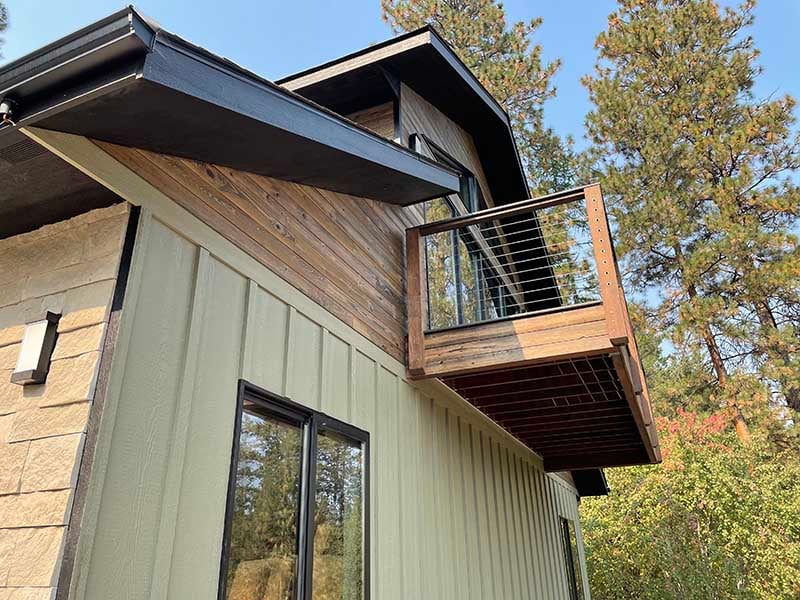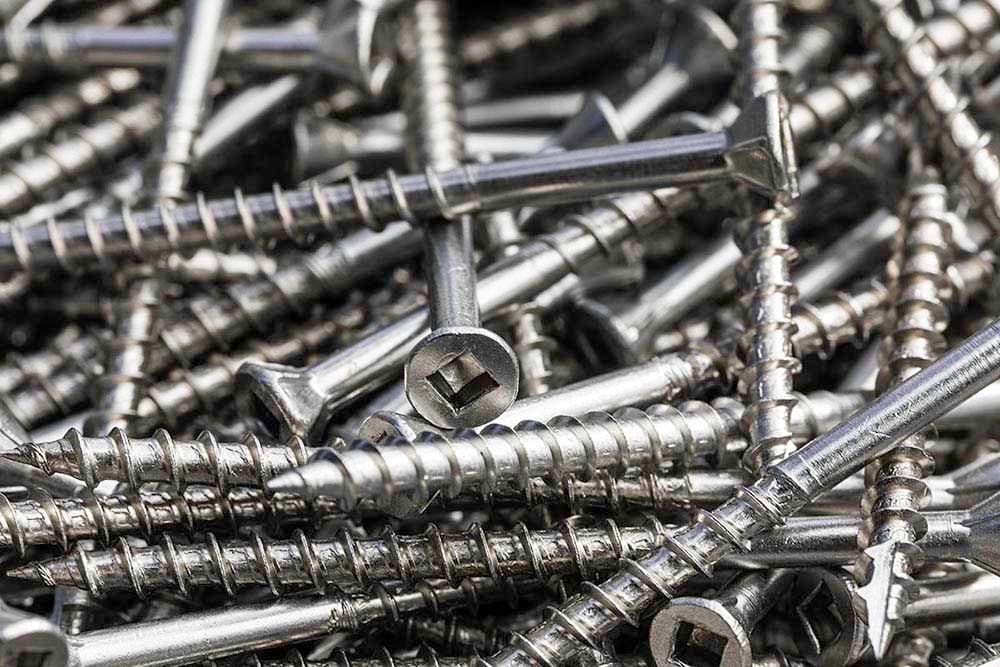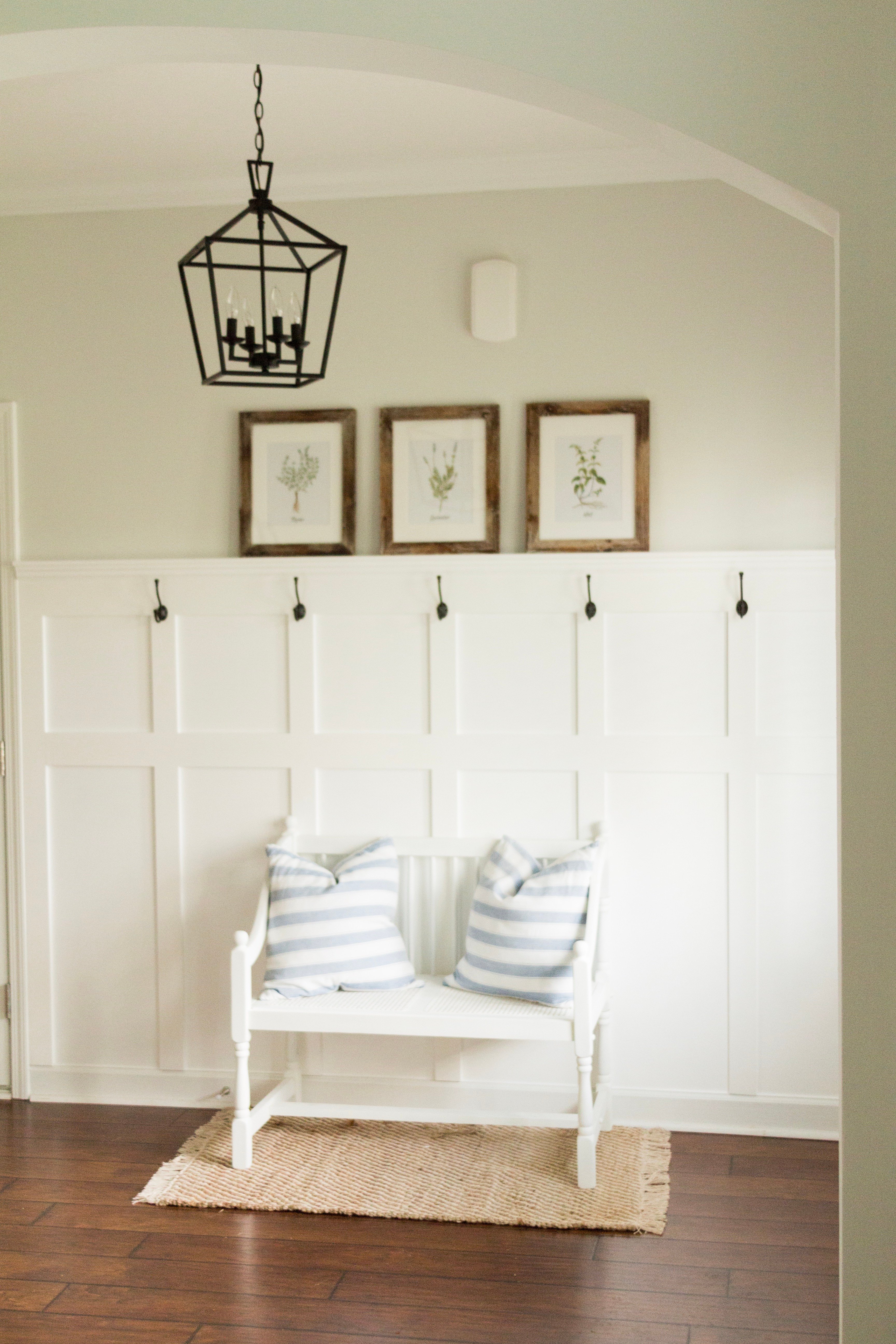Wood Drenching: Why Natural Wood Creates Homes That Feel Like Home
You know that feeling when you walk into a space and immediately exhale? When your shoulders drop and something inside you just... settles? You've...
3 min read
Edge : Oct 2, 2025 7:15:00 AM

Thermally modified wood is natural wood that has been heated to high temperatures in a controlled, oxygen-free environment to enhance its durability, stability, and resistance to moisture and decay.
At Edge, we've spent years identifying the perfect process to create siding that's not just beautiful, but built to last. Here's how we do it.
Above: ForgeWood thermally modified wood in Coal and Tungsten
The secret lies in what happens inside the wood during modification. The wood is heated to extreme temperatures in an oxygen-free environment, removing moisture and changing the molecular structure so it becomes considerably more durable and dimensionally stable. Ultimately, it's resistant to rot and decay.
What makes the difference? The process degrades hemicellulose, which is the component in wood that allows it to absorb and lose moisture in changing weather conditions. Once that degradation occurs, you get wood with improved stability as temperature and natural elements fluctuate.
The process also transforms the color throughout the entire thickness of the wood, creating rich, darker colors reminiscent of tropical hardwoods.

Our ForgeWood collection of thermally modified wood
We start by gradually heating the wood, evaporating substantially all of the moisture from it. This is a critical foundation for what comes next.
Here's where the magic happens. Depending on the species, color profile, and durability required for a project, the wood is heated to temperatures up to 415 degrees Fahrenheit for a set period of time. Essentially, we use different “recipes” to achieve the desired outcome.
We introduce steam or nitrogen as the wood reaches higher temperatures to force out oxygen and prevent combustion. This controlled environment is where the hemicellulose breaks down and the wood's cellular structure fundamentally changes.
Finally, we cool the wood in a controlled environment until it arrives at its new equilibrium moisture content (EMC) of less than 7%. Compared to regular wood that can swing 20%+ EMC from season to season, it’s a major difference.

ForgeWood thermally modified wood in Raw
Once reacclimated to its "modified EMC," thermally modified wood is highly stable—its moisture content won't vary by more than 2-3% in virtually any conditions. It's a night and day difference versus unmodified wood that can vary by 20%+ EMC from season to season.
This means less potential for warped siding or gaps that appear after the first season.
The temperatures in the modification process kill existing fungal or insect infiltration that may exist in the unmodified wood. The wood becomes largely hydrophobic after modification, too, reducing water from absorbing back into the wood.
The thermal modification process removes moisture and organic compounds (like hemicellulose) that fungi need to grow, making the wood far less susceptible to decay..
This is why we are proud to be able to offer a 20-year limited warranty against rot and decay.

ForgeWood thermally modified wood in Tungsten
We've taken wood (one of nature's most versatile building materials) and made it better through controlled heat treatment. No chemicals, no compromises. Just enhanced performance that delivers on jobsites and looks beautiful.
The process transforms readily available North American species into premium building materials, giving you the beauty of exotic woods without the supply chain headaches or sustainability concerns.
Explore ForgeWood, our premium line of thermally modified siding that combines cutting-edge modification technology with the craftsmanship building professionals demand. Find where to buy today!

You know that feeling when you walk into a space and immediately exhale? When your shoulders drop and something inside you just... settles? You've...

Edge’s Thermally Modified Wood Collection siding is one of the most durable, dimensionally stable wood products you can use on a project. But like...

In the world of sustainable architecture, innovative materials continue to emerge, paving the way for environmentally conscious designs. One such...

There are many ways to add style to a flat, plain wall by using different types of wood wall treatments. You might’ve heard of terms like panel...